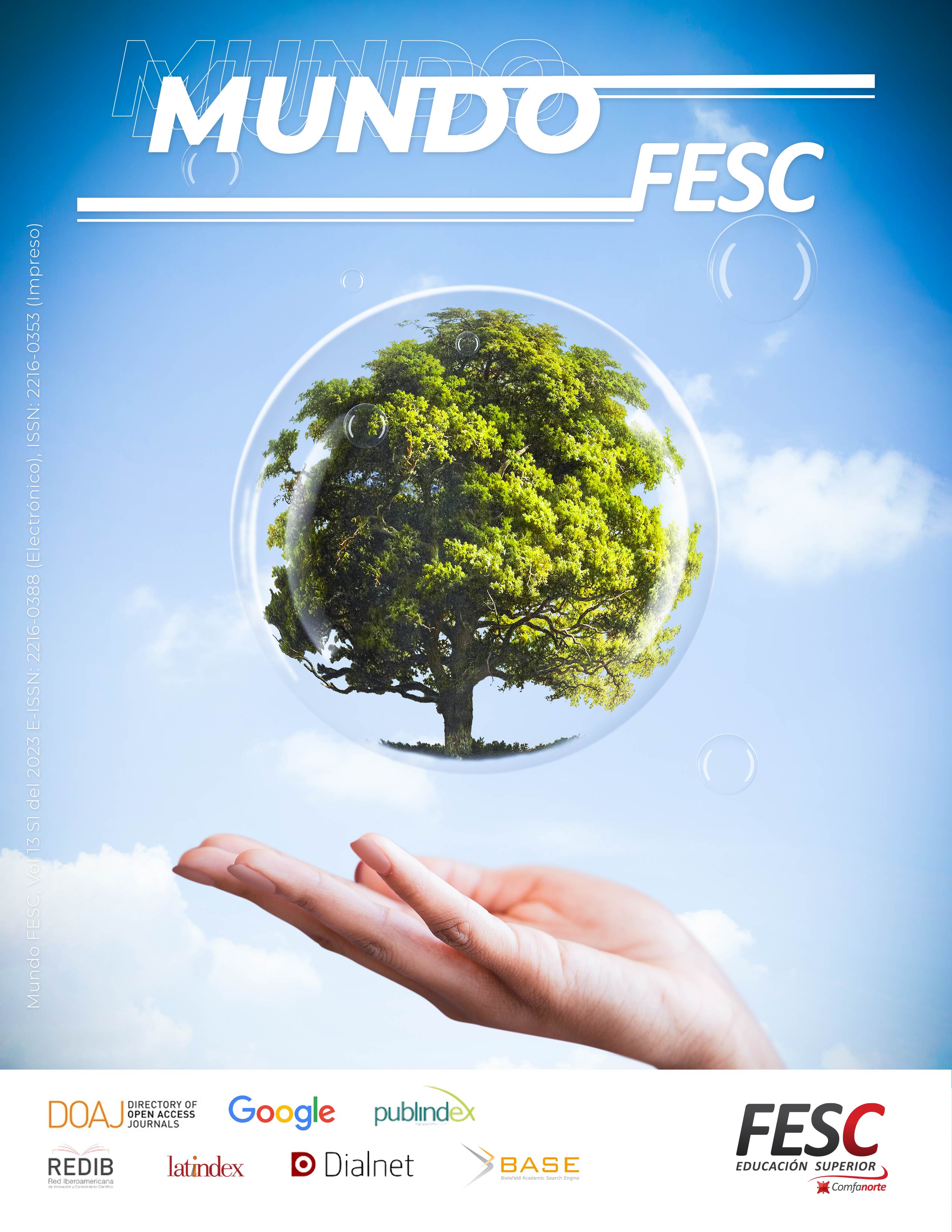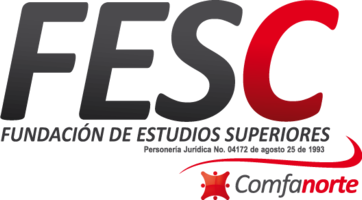Experimental implementation of active models for programming education in university settings
DOI:
https://doi.org/10.61799/2216-0388.1794Keywords:
Active Learning, Computational Thinking, Educational Technology, Programming Education, PythonAbstract
Traditional programming education faces challenges in developing algorithmic and logical thinking. To address this, active learning has been explored, directly engaging students in problem-solving. The Tecnológico de Antioquia implemented an experiment with an active learning tool to teach programming fundamentals to students from diverse socioeconomic backgrounds, aiming to overcome difficulties in understanding concepts like algorithms and control structures. To experimentally evaluate the impact of an active learning tool, based on exercises measured by seven dimensions, compared to traditional methods in programming education. Methods: A study was conducted with first-semester students at Technologic of Antioquia. The sample was divided into a control group, which received traditional instruction, and an experimental group, which used an active learning tool with over 1000 Python exercises. Three diagnostic tests (initial, intermediate, and final) were administered to measure progress across seven dimensions of computational thinking. Data was analyzed using Power BI. An improvement in the experimental group's performance was observed between the first and second diagnostic tests, especially in Logical Thinking and Pattern Recognition. The manual labeling analysis of 1018 exercises from the tool showed that 59.86% were correctly generated automatically. The dimensions with the lowest initial performance were Problem Solving, Algorithms, and Logical Thinking. The implementation of active programming models, supported by interactive tools, proves effective for enhancing learning in university settings. The tool demonstrated an inclusive approach, effective across students of diverse socioeconomic profiles, although refinement of the automated exercise generation is required to optimize quality and reduce manual review.
Downloads
References
[1] M. Acurero, M. Pérez y A. Martínez, “Uso de las Tecnologías de Información y Comunicación por parte de los Docentes de Instituciones Educativas de Sucre”, ECONÓMICAS CUC, vol. 38, Corporación Universidad de la Costa, 2017. https://hdl.handle.net/11323/2327 DOI: https://doi.org/10.17981/econcuc.38.2.2017.10
[2] J. A Zamora-Araya, J. Ramírez-Jiménez, y F. Delgado-Navarro, “Uso de herramientas tecnológicas y su impacto en el rendimiento en el curso de Cálculo II de la Universidad Nacional”, Eco Matemático, 11 (1), 20-30 DOI: https://doi.org/10.22463/17948231.2952
[3] T. Jenkins, “On the Difficulty of Learning to Program,” in Proceedings of the 3rd Annual Conference of the LTSN Centre for Information and Computer Sciences, 2002, pp. 53–58. https://www.psy.gla.ac.uk/~steve/localed/jenkins.html
[4] J. Esparza, “La Enseñanza de la Programación en la Universidad: Retos y Perspectivas,” Revista de Educación a Distancia (RED), no. 44, 2015.
[5] G. Prince, “Does Active Learning Work? A Review of the Research,” Journal of Engineering Education, vol. 93, no. 3, pp. 223–231, 2004. https://doi.org/10.1002/j.2168-9830.2004.tb00809.x DOI: https://doi.org/10.1002/j.2168-9830.2004.tb00809.x
[6] A. García-Valcárcel, “Innovación en la enseñanza de la programación a través de entornos gráficos interactivos,” Pixel-Bit. Revista de Medios y Educación, no. 36, pp. 155–170, 2010.
[7] M. Hamada, “Programming Education Based on Active Learning for the Understanding of Concepts,” International Journal of Information and Education Technology, vol. 5, no. 6, pp. 417–421, 2015.
[8] G. Rueda-Vera, J. A. González-Mendoza, W. R. Avendaño-Castro, “Gestión del riesgo frente a movimientos telúricos en construcción de edificaciones de San José de Cúcuta”, Mundo Fesc, vol. 11, no. 21, pp. 130-139, 2021. DOI: https://doi.org/10.61799/2216-0388.635
[9] J. Wing, “Computational Thinking,” Communications of the ACM, vol. 49, no. 3, pp. 33–35, Mar. 2006. https://dl.acm.org/doi/pdf/10.1145/1118178.1118215 DOI: https://doi.org/10.1145/1118178.1118215
[10] R. Scherer et al., “The Cognitive Benefits of Learning Computer Programming: A Meta-Analysis of Transfer Effects,” Journal of Educational Psychology, vol. 114, no. 4, pp. 665–684, 2022. https://dl.acm.org/doi/pdf/10.1145/1118178.1118215
[11] D. Weintrop et al., “Defining Computational Thinking for Mathematics and Science Classrooms,” Journal of Science Education and Technology, vol. 25, pp. 127–147, 2016. DOI: https://doi.org/10.1007/s10956-015-9581-5 DOI: https://doi.org/10.1007/s10956-015-9581-5
[12] S. Grover and R. Pea, “Computational Thinking in K–12: A Review of the State of the Field,” Educational Researcher, vol. 42, no. 1, pp. 38–43, 2013. DOI: 10.3102/0013189X12463051 DOI: https://doi.org/10.3102/0013189X12463051
[13] C. Bonwell and J. Eison, Active Learning: Creating Excitement in the Classroom, ASHE-ERIC Higher Education Report No. 1, 1991. https://eric.ed.gov/?id=ED336049
[14] Y. Pérez, Y. Chirinos, O. Padilla, A. Valdés, A., y E. Cancio, “Programa de superación para perfeccionar el desempeño profesional del docente universitario para el uso de las redes académicas”, En Tendencias en la Investigación Universitaria, Una Visión desde Latinoamérica. Vol. XXI, Chirinos, Y., Ramírez, A., Godínez, R. Barbera, N. y Rojas, D. (Eds.) Fondo Editorial Universitario Servando Garcés, 2023. DOI: https://doi.org/10.47212/tendencias2023vol.xxi.6 DOI: https://doi.org/10.47212/tendencias2023vol.xxi.6
[15] J. Quintero, L. Orjuela, J. Gordillo y A. Sánchez-Quiñones, “Análisis de implementación del Big Data en empresas y en profesionales de Contaduría Pública en Colombia”, Revista Temario Científico, 2 (1) 50-60, 2022. https://doi.org/10.47212/rtcAlinin.1.2.5 DOI: https://doi.org/10.47212/rtcAlinin.1.2.5
[16] T. Bell, I. Witten, and M. Fellows, “Computer Science Unplugged: Introducing Computer Science Without a Computer,” The New Zealand Journal of Mathematics, vol. 31, pp. 117–128, 2002. https://www.researchgate.net/publication/266882704_Computer_Science_Unplugged_school_students_doing_real_computing_without_computers
[17] D. Maloney, E. Peppler, and Y. Kafai, “Programming by Choice: Urban Youth Learning Programming with Scratch,” ACM SIGCSE Bulletin, vol. 40, no. 1, pp. 367–371, 2008. DOI: https://doi.org/10.1145/1352322.1352260
[18] M. Resnick et al., “Scratch: Programming for Allí,” Communications of the ACM, vol. 52, no. 11, pp. 60–67, 2009. https://doi.org/10.1145/1352135.1352260 DOI: https://doi.org/10.1145/1592761.1592779
[19] A. Vihavainen, T. Vikberg, M. Luukkainen, and J. Kurhila, “Massive Open Online Course for Introductory Programming: Experience and the Result,” in Proceedings of the 13th Annual Conference on Innovation and Technology in Computer Science Education, 2012, pp. 117–122.
[20] S. Papert, Mindstorms: Children, Computers, and Powerful Ideas. New York: Basic Books, 1980.
[21] A. Kalelioğlu, “A New Way of Teaching Programming Skills to K-12 Students: Code.org,” International Journal of Academic Research in Education, vol. 1, no. 1, pp. 1–9, 2015. DOI:10.1016/j.chb.2015.05.047 DOI: https://doi.org/10.1016/j.chb.2015.05.047
[22] S. Cakula and I. Sedleniece, “Modelling of Personalized E-Learning Course,” Procedia Computer Science, vol. 104, pp. 375–382, 2017.
[23] M. Gadanidis et al., “Coding in K–8 Mathematics Education: Why, When and How?,” Canadian Journal of Learning and Technology, vol. 43, no. 5, 2017. https://www.onted.ca/monographs/what-works/computer-coding-in-the-k-8-mathematics-curriculum
[24] L. Román-González, J. Pérez-González, and C. Jiménez-Fernández, “Which Cognitive Abilities Underlie Computational Thinking? Criterion Validity of the Computational Thinking Test,” Computers in Human Behavior, vol. 72, pp. 678–691, 2017. DOI: https://doi.org/10.1016/j.chb.2016.08.047 DOI: https://doi.org/10.1016/j.chb.2016.08.047
[25] M. Guzdial, “Education: Paving the Way for Computational Thinking,” Communications of the ACM, vol. 51, no. 8, pp. 25–27, Aug. 2008. https://doi.org/10.1145/1378704.1378713 DOI: https://doi.org/10.1145/1378704.1378713
[26] K. Brennan and M. Resnick, “New Frameworks for Studying and Assessing the Development of Computational Thinking,” in Proceedings of the 2012 Annual Meeting of the American Educational Research Association, 2012. https://scratched.gse.harvard.edu/ct/files/AERA2012.pdf
[27] B. Yadav, P. Stephenson, and H. Hong, “Computational Thinking for All: Pedagogical Approaches to Embedding 21st Century Problem Solving in K–12 Classrooms,” TechTrends, vol. 60, no. 6, pp. 565–568, 2016. https://link.springer.com/article/10.1007/s11528-016-0087-7 DOI: https://doi.org/10.1007/s11528-016-0087-7
[28] F. Ahmad, W. Asif, M. Qamar, and A. Alshamrani, “The Impact of Artificial Intelligence on Student Learning in Programming Education,” Education and Information Technologies, vol. 28, pp. 2109–2127, 2023.
[29] P. Liao, X. Tang, Y. Wang, and W. Wang, “Instructional Programming Scaffold System based on ChatGPT: Theoretical Foundation and Practice,” Computers and Education: Artificial Intelligence, vol. 5, 2024.
Downloads
Published
Issue
Section
License
Copyright (c) 2025 Mundo FESC Journal

This work is licensed under a Creative Commons Attribution-NonCommercial 4.0 International License.






